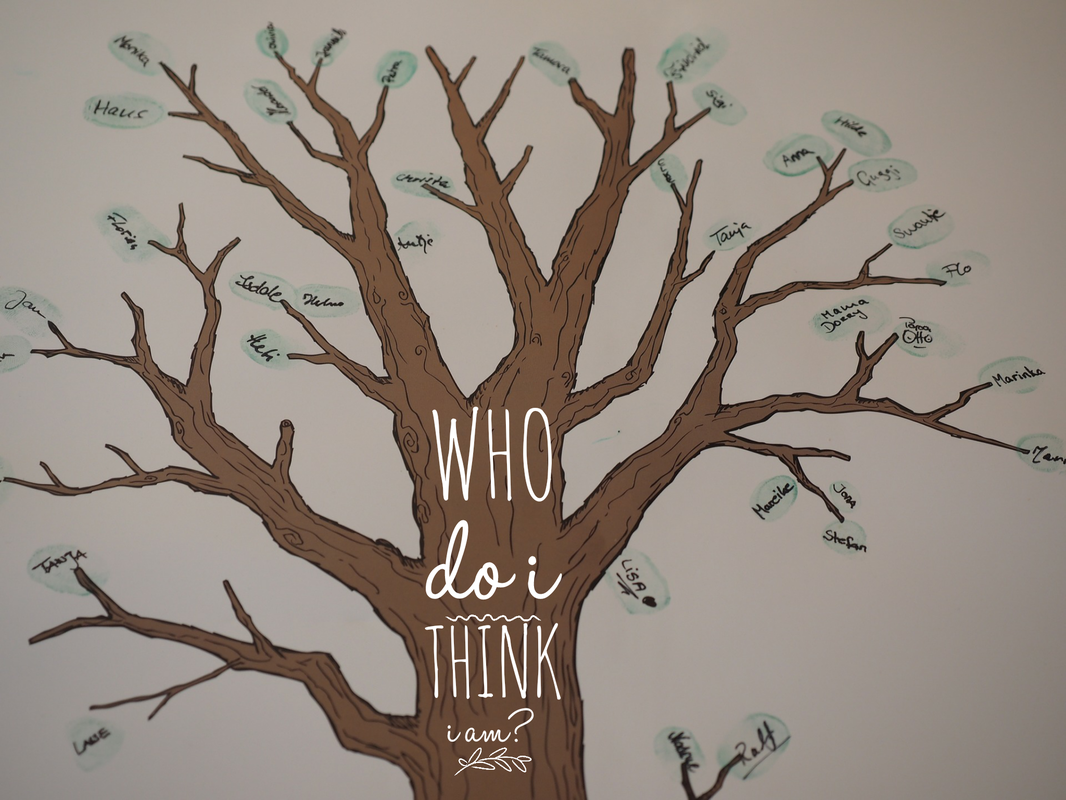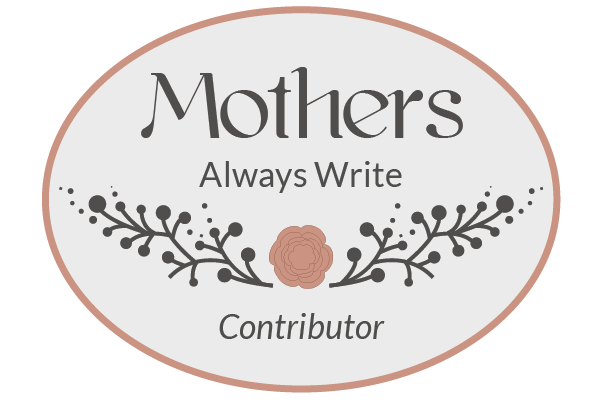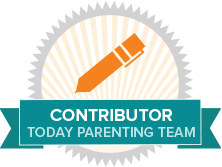
Pass it down, the way back when,
the ancient history of our long-lost kin.
Remember their names,
every now and then,
the places they travelled to,
the places we’ve never been.
Pass it down, the way back when,
all the forgotten moments of their lives:
how they loved, and how they sinned.
My grandmother, Velva, was just two weeks past her twenty-first birthday when she got married. Her groom, my grandfather, was just twenty-two. They got hitched on Saturday, September 20, 1947, at about six o'clock in the evening at an Anglican Church in Toronto.
Their marriage newly minted, they travelled to their small apartment on the third floor of a house in the High Park neighbourhood of the city. The glow of their nuptials was dulled a day or two later, however, when my grandfather suffered a setback with his lung and had to go back to the sanatorium for treatment. Luckily he was able to come home for Christmas that year. The Veterans Department helped him get a job at City Hall.
**
There is a famous picture in my family. Everyone seems to have a copy of it proudly displayed on their mantle or wall. It’s a black-and-white image of a glamorous young couple walking down Yonge Street, the longest street in Canada, back in the 1940s. It was taken one evening after my grandfather picked his bride up after work. She was employed by Eaton’s, the country’s biggest department store at the time.
It’s also the place where my parents first met. My father ended up working for the company for 30-odd years before it eventually went bankrupt. I also worked there for several summers to save money for university. Long gone now, this social institution has played an interesting role in my ancestor’s history. In some ways, it seems to almost have its own branch on the family tree.
**
My aunt shared a new memory with me recently: How my grandmother would walk by the College Street store window displays on her way to work and pick out her dining room set. It seems like something she would do. I can imagine her meticulously putting aside a portion of her wages each week, mentally decorating the rooms in the new house they were having built.
My grandmother didn’t move into her dream house until the spring of 1956. Their home on Elvaston far surpassed the one they had lived in after they got married, and it went on to become her most cherished sphere, the place she felt most comfortable, most herself.
From her teddy bear collection to her beloved garden, my grandmother filled the place with her own sense of style and grace. She took such pride in her unique possessions, from her Underwood typewriter to her rotary telephone. As kids, we sometimes felt like we were stepping inside a family museum.
In my memory reel, I can still see my grandfather tapping his cigarette ashes into the vintage ashtray stand placed beside the couch. He was always telling us amusingly run-on stories, tales that would to drive my grandmother nuts.
Elvaston is also where we celebrated all our family get-togethers and holidays over the years. Where we would drink tomato juice in tiny glasses before dinner, then wear coloured paper crowns and play Trivial Pursuit. It was the hub and heart of a huge part of my past, which is why it makes me so indelibly sad to think of it sitting empty now.
**
Last week as my aunt was clearing out clothes and cobwebs in my grandmother's vacant house, she came across some old newspaper lining the drawers of the hutch in the dining room. Velva had carefully placed stories from The Globe and Mail in there when she moved into the house 60 years ago. The print and words had endured, just like she did in that house. At the end of her life, she only had to spend two weeks away from it in hospital when she got sick.
**
We can never fathom all our family history. Sometimes we even forget the snippets and stories that we’ve been told, time and time again. Our memories, like newspapers, often fade, shoved in a drawer somewhere, gathering dust. But here’s something I’ve learned since my grandmother died: love is passed down, too.
Just like dispositions and unconscious gestures and the presence of freckles on skin, it lives on in our DNA. But in order to remain a legacy, our family history needs re-telling. The only way to keep those generations and genes alive is to talk about them.



 RSS Feed
RSS Feed


